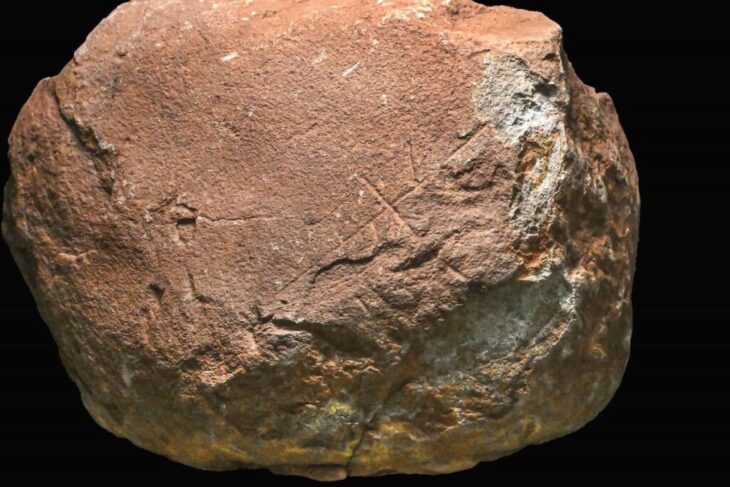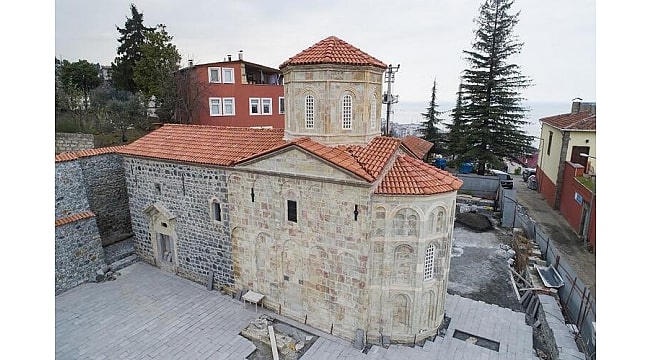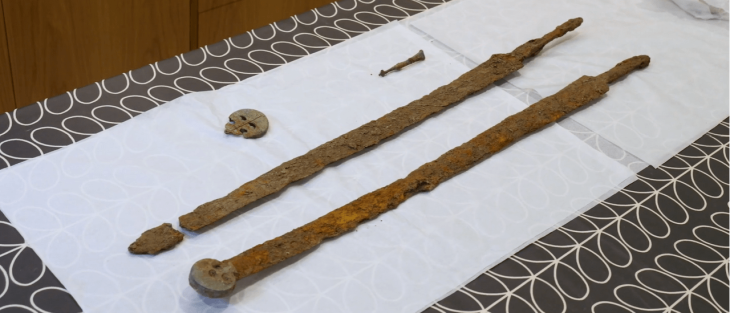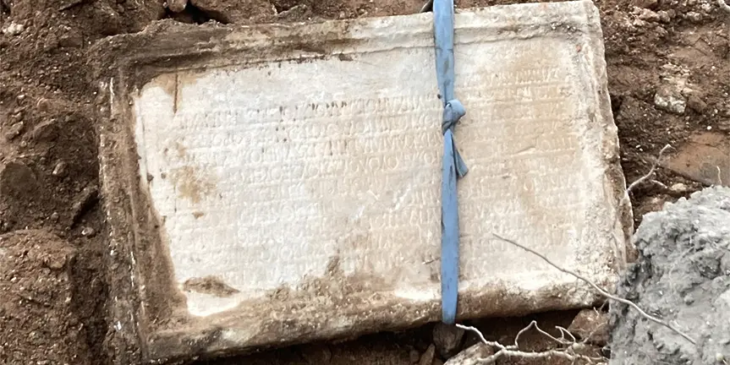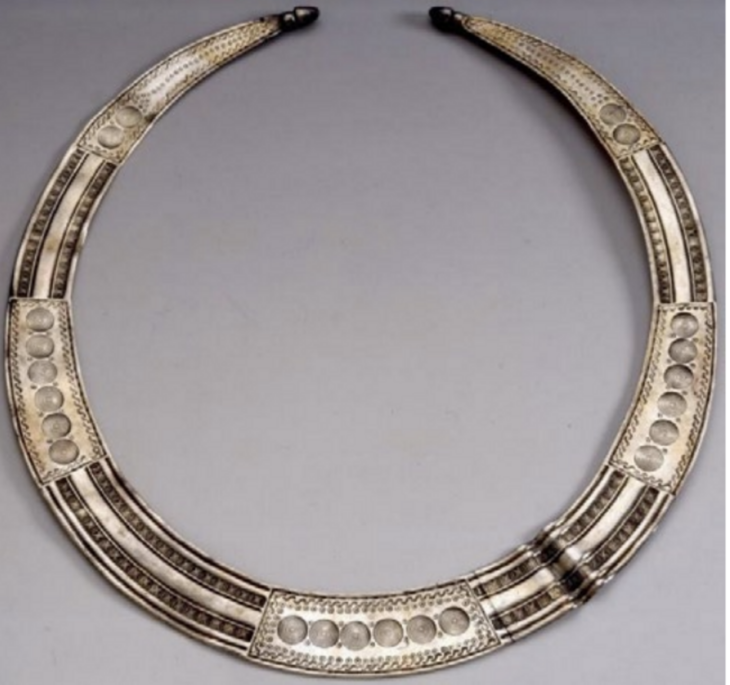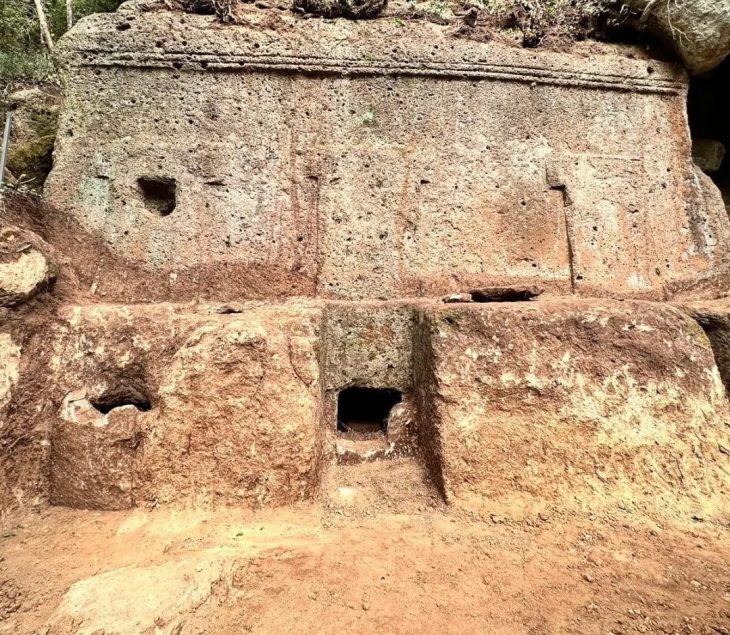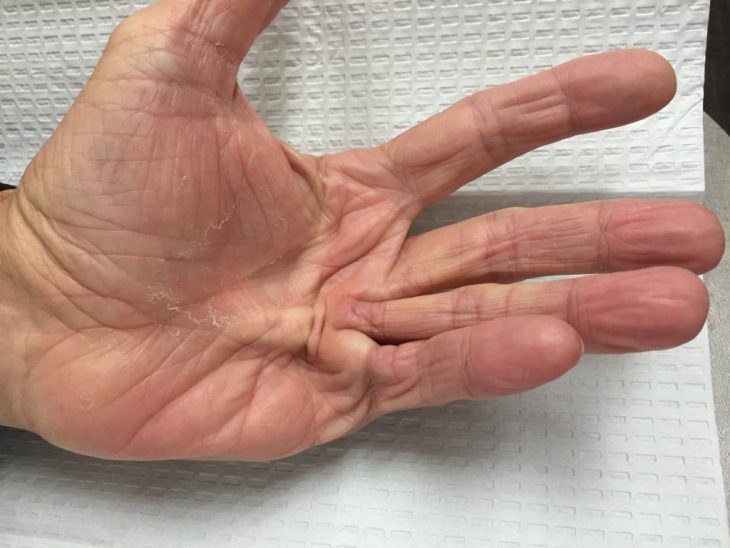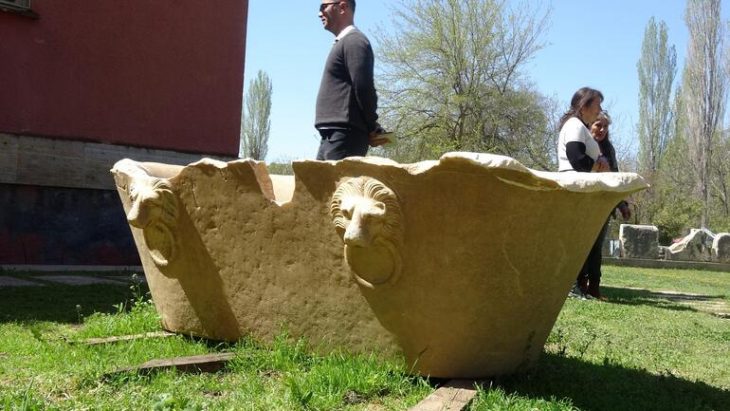An intriguing artifact was discovered during excavations in the ancient city of Pisidia Antioch in Isparta province in western Türkiye: “A magical amulet against cancer.”
The ancient Antioch of Pisidia is located only 1 km north of Yalvaç, Isparta İn southern Türkiye. The city was founded by Antioch I in 280 B.C. Among 17 antique cities named ‘Antioch’ in Türkiye, only two of them are remembered well by scholars, one is called ‘Antakya’ (the ancient Antioch in Hatay) and the other is Antioch of Pisidia. Both of them are renowned for their remarkable architecture and have significant roles in the early phases of Christian history.
An intriguing artifact believed to have been used against cancer has been unearthed in the ancient city of Pisidia Antioch. The artifact, described as an amulet featuring a crab motif and inscriptions wishing for healing, is thought to date back to the Hellenistic period.
The most intriguing discovery of 2024 was a gemma, used as a pendant amulet. This amulet is one of the most unique artifacts ever found in the Antioch of Pisidia excavations. It was discovered during excavations on Aedilicus Hill near the site’s church.
A father had commissioned this amulet for his ailing daughter, wearing it as a pendant for healing. One side of the amulet depicts a crab, while the other side features inscriptions meant to cure her ailment.
📣 Our WhatsApp channel is now LIVE! Stay up-to-date with the latest news and updates, just click here to follow us on WhatsApp and never miss a thing!!
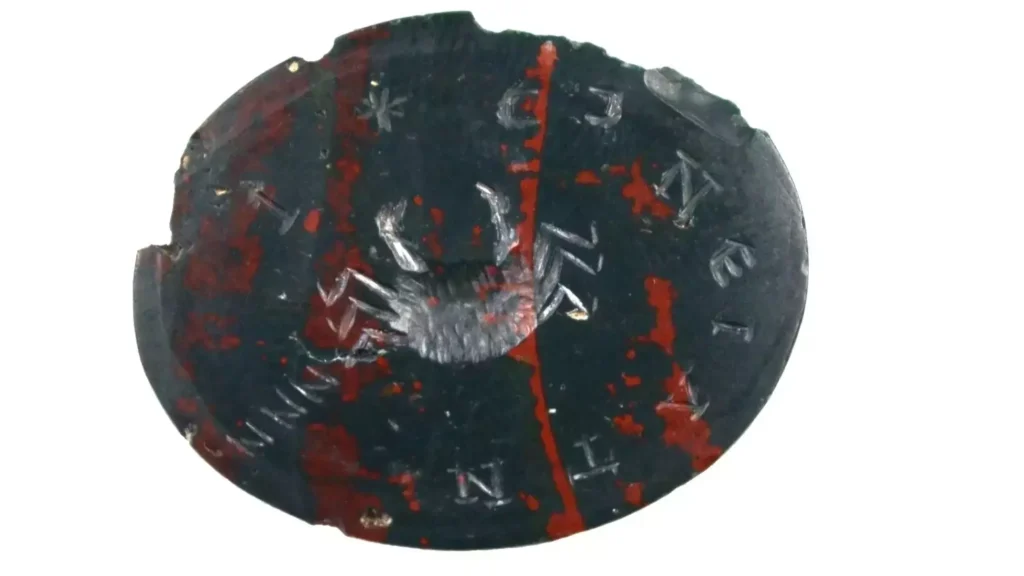
Galen, an ancient physician famous for his cancer research, said that the black veins that surround cancerous tumors look like a crab’s legs: “Just as a crab has legs that spread around its body, the veins in this disease are similar in shape. They spread from the abnormal tumor shaped like a crab.” The term “cancer” actually originates from the Greek word “karkinos,” meaning crab, highlighting the visual similarity.
The Hellenistic era through the fourth century A.D. saw the widespread use of these kinds of talismanic stones. The specimen found in Antioch of Pisidia represents one of the best-preserved examples in Anatolia, showcasing significant imagery and inscriptions. They are thought to have originated in Egypt, Anatolia, and Mesopotamia.
The amulet predates the church at the site, and most likely came to this location in the 10th century A.D. Its significance has endured over time due to its value as a precious stone. For many years, it was likely used by a variety of people due to the belief that it could cure cancer.
Further analysis of the artifact is underway, with researchers believing that the findings will contribute significantly to the field of archeology and deepen our understanding of ancient health practices.
Cover Image Credit: Antioch of Pisidia


